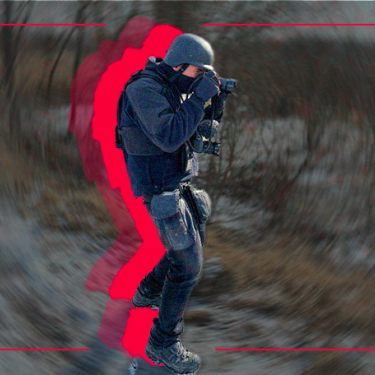Introduction
War journalism is one of the most perilous and impactful forms of reporting. Covering conflicts requires immense bravery, as journalists risk their lives to deliver the truth from the frontlines. Whether documenting wars, insurgencies, or humanitarian crises, war correspondents play a crucial role in informing the world about the realities of conflict. This article explores the history, challenges, ethical dilemmas, and evolving role of war journalism.
The History of War Journalism
War reporting dates back centuries, evolving alongside media technology and global conflicts.
- Early War Reporters: During the Crimean War (1853–1856), journalist William Howard Russell provided firsthand accounts, revolutionizing war reporting.
- World War Coverage: The World Wars saw the rise of embedded journalism, with reporters like Ernie Pyle bringing personal stories from the battlefield.
- Vietnam War and Television: The Vietnam War was the first conflict widely televised, changing public perception and fueling anti-war movements.
- Modern-Day War Reporting: Digital media, social platforms, and freelance journalists have transformed how war is covered in real time.
Challenges of War Journalism
Reporting from conflict zones presents numerous challenges and risks:
- Physical Danger: Journalists are often targeted, kidnapped, or killed while covering wars.
- Psychological Impact: Witnessing violence and destruction can lead to PTSD and emotional trauma.
- Censorship and Propaganda: Governments and militant groups manipulate narratives, making objective reporting difficult.
- Access and Logistics: Reaching war zones and securing resources, such as food and shelter, can be life-threatening.
- Ethical Dilemmas: Choosing which stories to tell, how to depict suffering, and ensuring sources’ safety require careful judgment.
The Role of War Journalism in Society
War journalism serves multiple essential functions:
- Informing the Public: War coverage provides firsthand insights into global conflicts.
- Holding Power Accountable: Exposing war crimes and governmental policies influences public opinion and policymaking.
- Humanizing Conflicts: Personal narratives highlight the human cost of war, fostering global empathy and action.
- Archiving History: War reports and footage become historical records for future generations.
The Evolution of War Journalism
As technology and media evolve, so does war reporting.
- Drones and Satellite Imaging: These tools help journalists capture footage while minimizing risks.
- Social Media and Citizen Journalism: Real-time updates from civilians and independent reporters provide unfiltered news.
- AI and Data Analysis: Advanced technology aids in verifying reports and analyzing war-related data.
- Increased Protection Measures: Organizations now provide safety training and equipment for war correspondents.
Conclusion
War journalism remains a crucial, high-stakes field that demands courage, resilience, and ethical responsibility. While the dangers are significant, the role of war correspondents in documenting conflicts, advocating for truth, and shaping global discourse is invaluable. As technology advances, war journalism will continue to evolve, ensuring that the world remains informed about the harsh realities of war.

